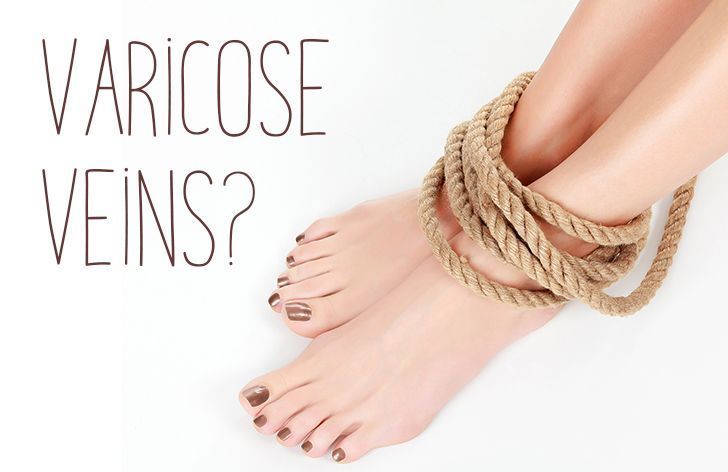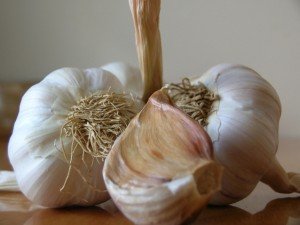
8 Home Remedies for Varicose Veins You May Not Have Heard of
Share
1. Apple Cider Vinegar

Apple cider vinegar is a very effective treatment for varicose veins. It is a natural body cleansing product and also improves blood flow and circulation. When the blood starts flowing naturally, the heaviness and swelling of varicose veins will decrease to a great extent. Apply undiluted apple cider vinegar on the skin over the varicose veins and gently massage the area. Do this every day before going to bed and again in the next morning. Follow this remedy for a few months to reduce the size of varicose veins.
2. Cayenne Pepper
Cayenne pepper is considered a miracle treatment for varicose veins. Cayenne pepper is a rich source of vitamin C and bioflavonoids, which increases blood circulation and eases the pain of congested, swollen veins.- Add one teaspoon of cayenne pepper powder to a cup of hot water and stir it well.
- Drink this mixture three times a day for one or two months.
3. Olive Oil
Increasing blood circulation is essential to treating varicose veins. Massaging the skin with olive oil can help increase circulation and reduce pain and inflammation. Mix equal amounts of olive oil and vitamin E oil and warm it slightly. Massage the veins with the warm oil for several minutes. Do this twice daily for one to two months.4. Garlic

Garlic is excellent for reducing inflammation and the symptoms of varicose veins. It also helps break up harmful toxins in the blood vessels and improve circulation.
- Slice up six garlic cloves and put them in a clean glass jar.
- Extract the juice from three oranges and add it to the jar. Also add two tablespoons of olive oil.
- Let the mixture sit for about 12 hours.
- Shake the jar and then put a few drops of the solution on your fingers. Massage the inflamed veins with the solution in a circular motion for 15 minutes.
- Wrap the area with a cotton cloth and leave it on overnight.
- Repeat daily for several months.
5. Butcher’s Broom
Butcher’s broom is great for relieving the aches and discomfort of varicose veins. This herb contains a compound known as a ruscogenin (RUS) and helps to reduce inflammation while constricting the veins.- Take 100 mg of butcher’s broom supplements three times a day. Created from the roots and seeds of the plant, butcher’s broom supplements have vitamins B and C along with calcium, chromium, magnesium, manganese, potassium, selenium, silicon and zinc.
- These nutrients will help tighten, strengthen and decrease inflammation in the veins as well as improve blood flow up the legs.
6. Witch Hazel

Witch hazel is great for strengthening blood vessels and reducing the symptoms of varicose veins. Aside from being an astringent, it also contains gallic acid and sessential oils that help reduce the swelling and pain associated with varicose veins.
- Soak a washcloth in witch hazel and place it on the affected area. Do this two or three times a day for one or two months.
- Alternatively, fill a tub with lukewarm water and add 10 to 20 drops of distilled witch hazel. Soak your legs in the solution for at least 15 minutes. Then wash your legs with clean water and pat them dry.
- Follow this remedy once daily for one or two months.
7. Horse Chestnut Seeds

8. Parsley

Parsley is rich in vitamin C. It is a powerful antioxidant and encourages the production of collagen. It also aids in cell repair and reproduction. Parsley contains rutin, which plays a key role in strengthening the capillaries and therefore is useful in reducing symptoms of varicose veins.
- Boil a handful of chopped fresh parsley in one cup of water for five minutes.
- Remove from the heat, cover and allow the solution to cool to lukewarm. Then strain the solution.
- Add one drop each of rose and marigold essential oils.
- Put the solution in the refrigerator for several minutes.
- Using a cotton ball, apply the solution to the affected area.
- Do this daily for several months to see positive results.
